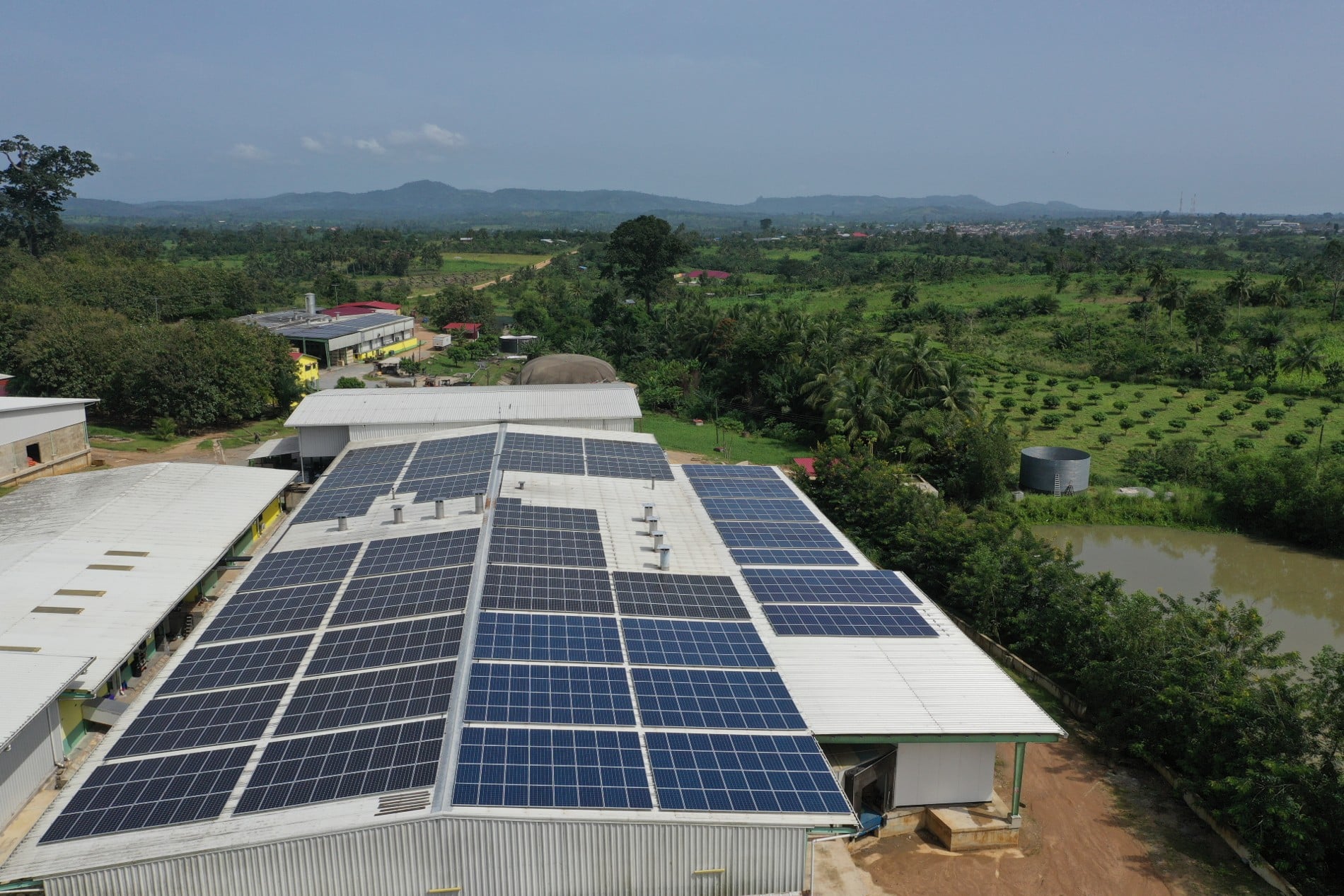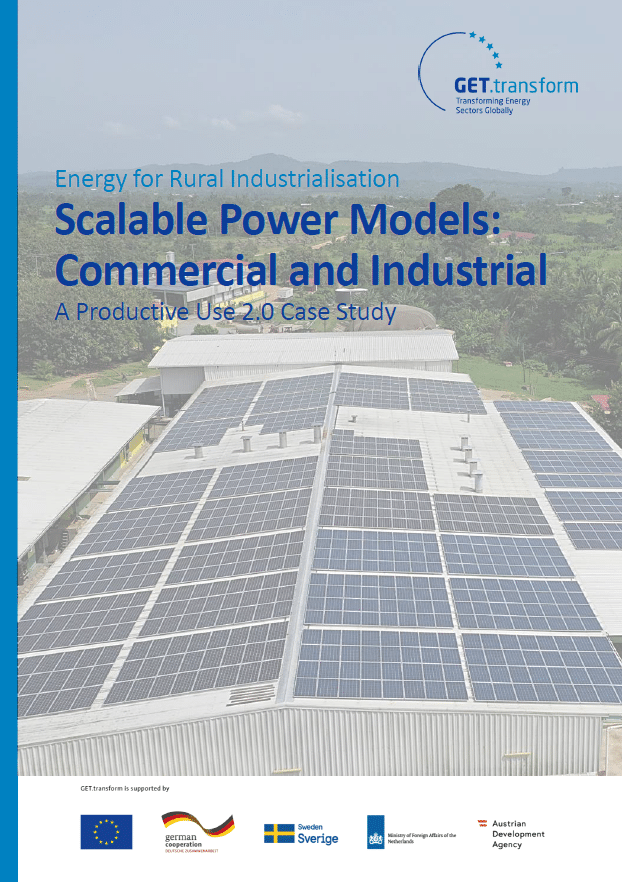In a new case study, GET.transform highlights C&I business models that successfully promote rural industrialisation. The focus lies on scalable power models that leverage renewable energy technologies to trigger growth and development in rural industry in Africa.
Defined as a generation system tied to a commercial or industrial end-user, renewable C&I systems are being employed on a profitable basis throughout Africa in industries, such as mining, concrete, tea and coffee, fruit and vegetables, meat and fish. C&I systems generally make financial sense in off-grid regions, or areas of poor grid reliability, where raw materials can be processed before transport to urban and international markets.
The current analysis strengthens the case for opportunities on competitive advantages that most African countries possess or can obtain: an abundance of raw materials able to compete in domestic and world markets in terms of quality and price, in combination with a large workforce in agriculture and mining.
GET.transform shares the insights as part of the wider series on Energy for Rural Industrialisation which explores the Productive Use of Energy (PUE) 2.0 era and looks at the synergies between electricity access and economic, commercial, and industrial activity.
Another case study from the series will look into mini-grid powered and isolated productive use models.



